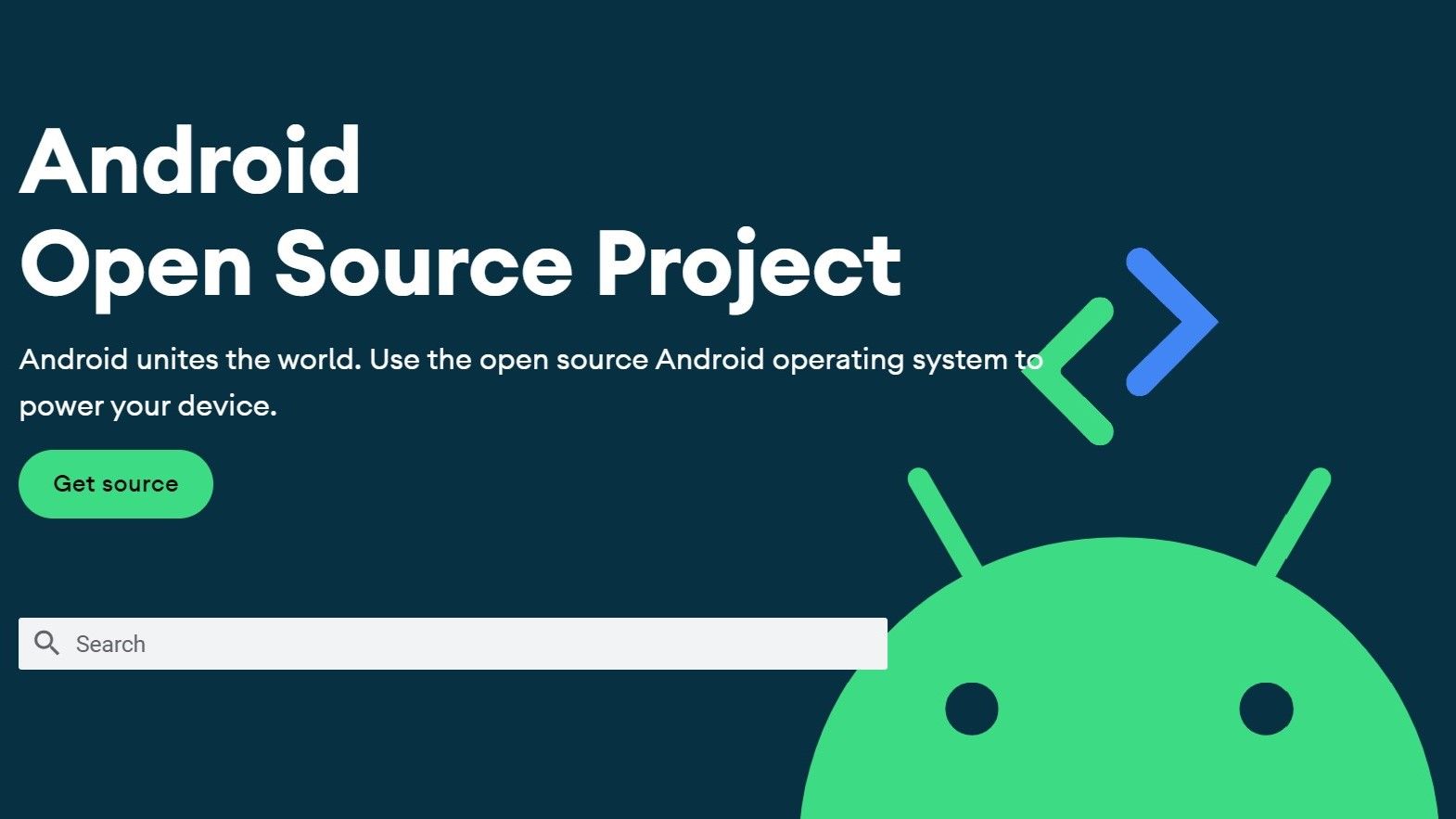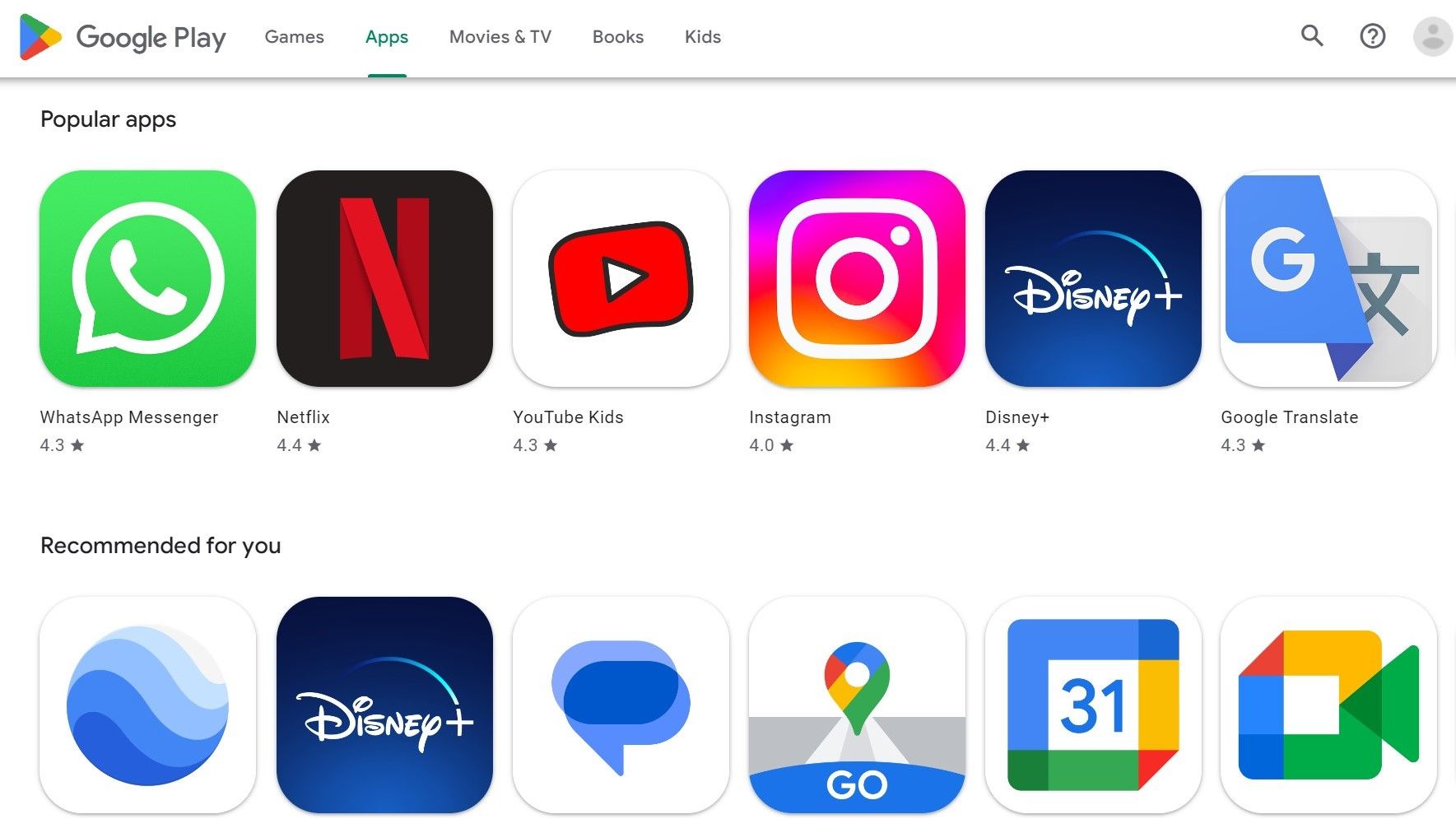Hardware devices like smartphones and laptop computers rely on software behind the scenes to function correctly. Software is a set of codes and instructions. Without it, the hardware doesn't know what to do, rendering it useless. Some focus on the hardware aspect and how powerful a device is. However, the software is equally important to the experience. For example, some of the most affordable Android phones from different manufacturers offer unique software features not found anywhere else.
You'll need to know about the different software types when installing apps or programs on your devices. In this guide, we cover what open source software is, how it differs from closed source software, and give examples of why it can be beneficial.
Open source software: The basics
Open source software refers to any application or program on the public web that is free to use, modify, and distribute online with other users. Typically maintained by a group of dedicated developers, they work together to keep the project going with new features and bug fixes. Open source software is generally seen and accepted as trustworthy because the code is made public and available for anyone to look through. One of the main goals behind open source software is user transparency. You want to ensure that your data won't be at risk or misused by others.
One popular code-sharing platform, GitHub, allows users to create an open source software project in minutes. This means anyone with coding knowledge can log in and contribute to a project by turning it into a collaborative team environment. GitHub also offers social media features where other developers can pitch ideas and interact with the community on their projects. You can also follow your favorite developers to view their latest contributions. Since much of the community does this as a free hobby, you can donate to any developer.
The Android operating system is one of the best examples of open source software. Google hosts the Android Open Source Project (AOSP) repository, which allows anyone to build a custom version of Android. Google provides the base source code for Android free of charge, and it can be modified to meet the needs of all users and customers. Well-known Android smartphone manufacturers that use AOSP include Samsung with One UI and OnePlus with OxygenOS. AOSP is also popular in the modding community, allowing users to install newer versions of Android on older devices.
What is closed source software?
Closed source software is the exact opposite of open source software. While open source allows for greater transparency, closed source software consists of proprietary code that isn't made public to the general user. That source code is maintained by a company or private group of individuals, allowing them to lock down their software secrets so that no one can exploit or gain access to them. A big company might use closed source software for tighter control over the user experience without allowing external parties to mess with that.
The best example of closed source software in the modern era of smartphones is how Apple manages iOS on its iPhone line. Apple controls the hardware and software while keeping the user from messing with the iOS source code. Because iOS is locked down, many might consider it more secure than open source alternatives, which can be partially true in some cases. However, iOS is vulnerable to security risks, such as operating system or firmware exploits, malware, and viruses. These are typically downloaded from malicious websites or questionable third-party app stores.
What about freeware and shareware?
Freeware describes software that is free to download. However, there is a difference compared to open source counterparts. Freeware offers unrestricted access to the software, but you can't modify the code. Like closed source software, the source code on freeware is locked down and not available to the public. Much of the software we use and interact with on smartphones falls into this category. You'll find many free apps with unique features but no access to their source code in the Google Play Store or Apple App Store.
When talking about shareware, the software is free to use to an extent, but there's a slightly different catch. Shareware often enforces a free trial period that is unavoidable. After the preset timer expires, you must purchase the software to continue using it. Some developers may keep premium features locked behind a paywall. Like freeware, many apps on our smartphones fall into the shareware category, especially ones that offer extra paid features. Shareware can't be modified or redistributed without proper permission, and the source code isn't available to the public.
Open source software is gaining popularity
Open source software is becoming more appealing for users who wish to enhance the privacy and security of their devices. We live in an always-connected online world where our personal lives are often associated with smartphones. Everything we do on these devices is unique to us, and intrusive data harvesting from third-party companies is rising. Open source apps and programs can prevent big companies or third-party entities from snooping on your devices. Since technology is advancing quickly, we need higher levels of security and privacy than previous generations.
Being open source doesn't mean the software is safe and secure. Because the source code is widely available to the public, the community constantly inspects it to ensure everything checks out. If something nefarious sneaks in, someone catches and removes it before it causes harm to other users. The results often favor the users because open source software is generally a community effort led by privacy-minded individuals. These open source software projects are typically designed by the people for the people. This is an excellent motto to uphold in this industry.
Regarding Android, AOSP is a popular tool with the modding community for a few reasons. AOSP allows anyone to make their own version of Android, which is perfect for those who like to tinker and customize. Privacy-focused users may go the route of unlocking their device's bootloader and installing an AOSP custom ROM, stripping away the background Google services. Rather than relying on the Google Play Store for apps, various third-party open source alternatives exist as a replacement. Some do this to keep personal data tracking to a minimum and combat privacy concerns.
Open source software has plenty of advantages
Using open source software has multiple advantages that make it worthwhile, such as the transparency of the underlying code. Knowing how it works and its intentions helps you trust your installed software, especially regarding how your personal data is handled. On top of that, open source software often allows you to tweak and customize your device beyond what other options might provide, including stock. You choose what to do and how to do it, giving you freedom and control over your experience. Open source software puts you in charge, not the other way around.
Try something new with open source software
You might think installing open source software is too much for you or an overly complicated process, but that's not the case. For example, you don't have to be an advanced user to benefit from installing open source apps or app stores on your Android smartphone. If you're concerned about privacy and security, installing reputable open source apps on your phone can ease your mind. They often have the same or similar features as big-name software, focusing on user transparency while giving you control over your data.
If you want to use Android without all the Google services snooping in the background, installing GrapheneOS can help you regain your privacy. We cover everything you need to know about the process and why you might want to try it on your device.




